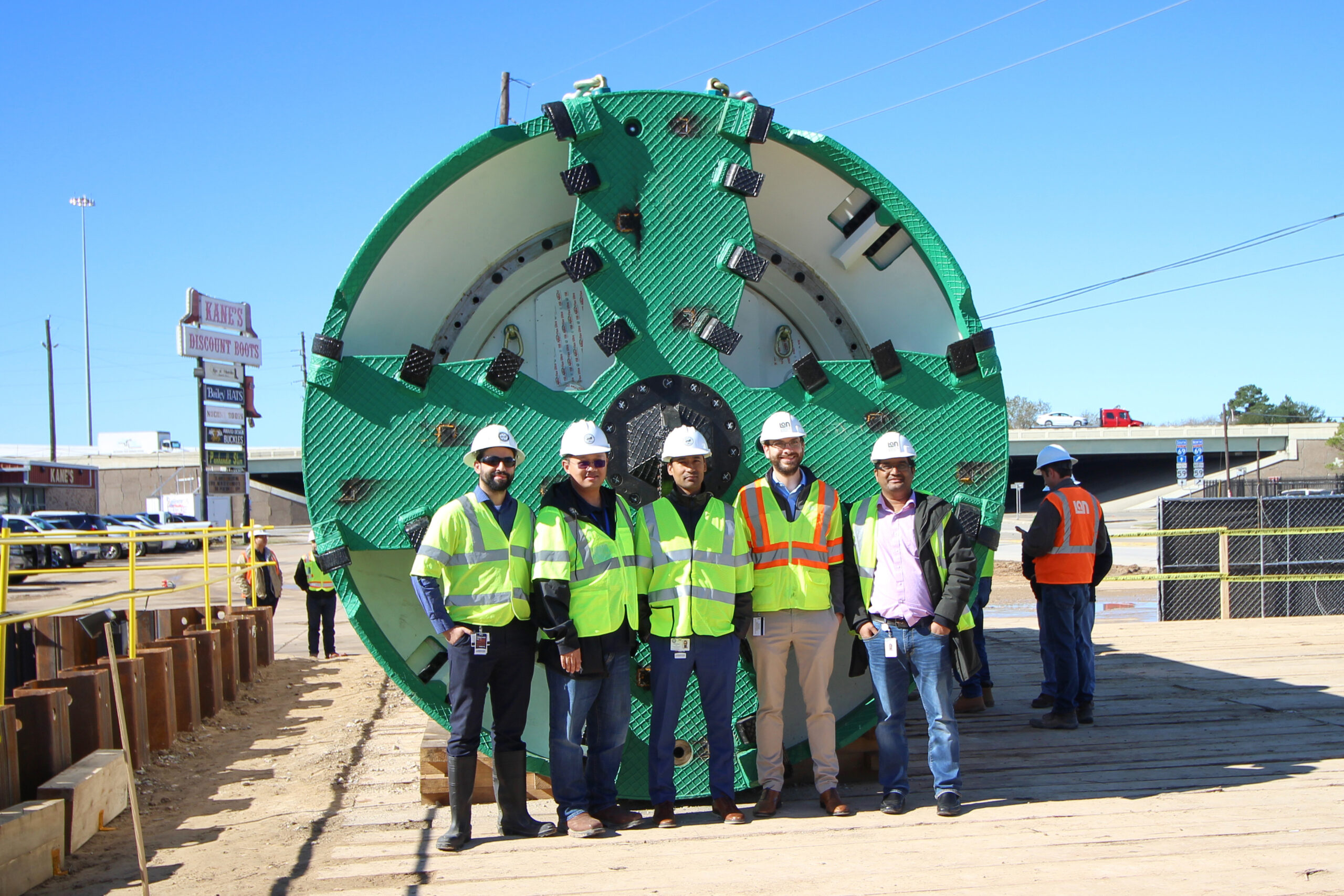Planning for the Future: The Northeast Transmission Line (Source: Pumps & Systems)
By Jaipal Musku, Mackrena Ramos, Gregory Henry
In just two years, 60% of the drinking water supply in the Houston, Texas, area—more than 500 million gallons per day (mgd)—will come from surface water. By 2034, the percentage is required to rise to 80%. The reason for this is to avert subsidence, which can be caused by excessive pumping of groundwater. Subsidence, which refers to the gradual sinking or settling of the ground, can increase flooding risks, impact water supplies and cause damage to infrastructure like roads, bridges, pipelines and buildings.
In 1975, the Texas state legislature created the Harris-Galveston Subsidence District (HGSD) to regulate groundwater withdrawal in Harris and Galveston counties to prevent subsidence. Since its inception, the HGSD has set targets for surface water usage in the region. By 2025, at least 60% of the drinking supply must come from surface water with an eventual goal of 80%. As a result, the counties in the region have been actively diversifying their water sources to include surface water from reservoirs, rivers and lakes.

